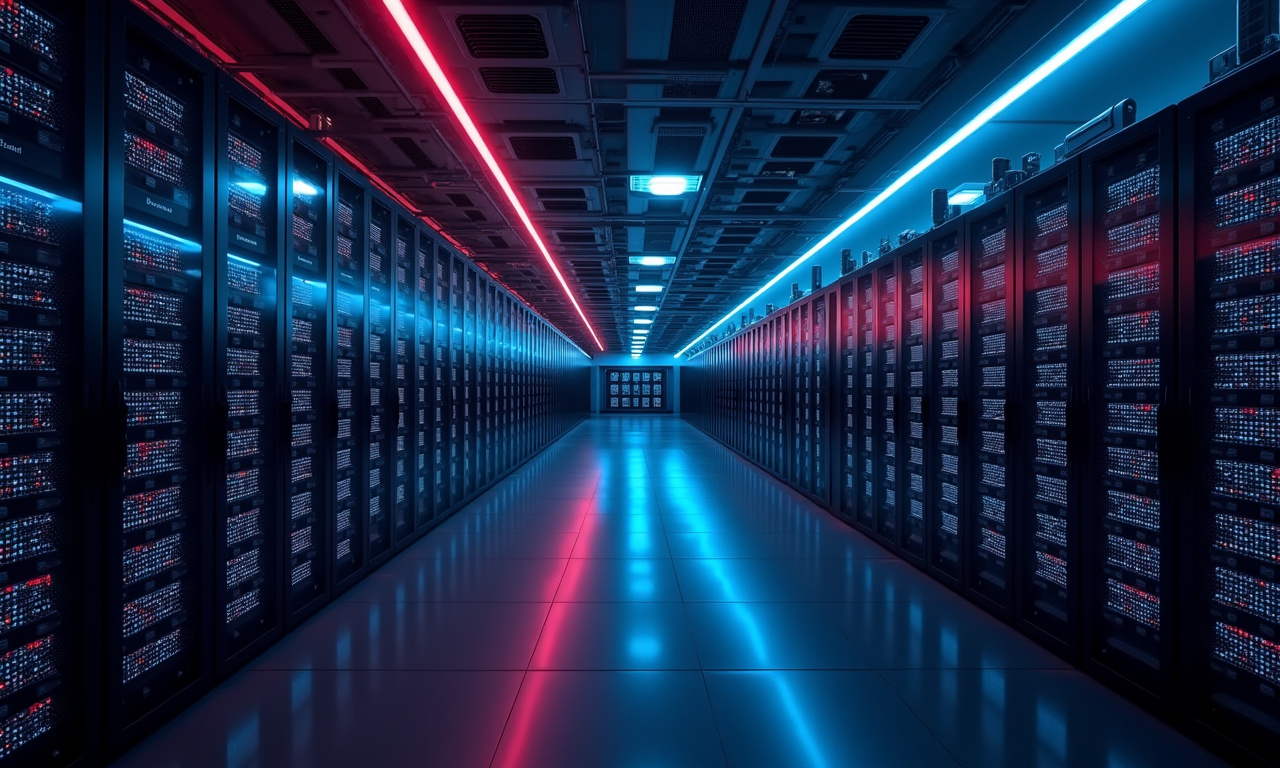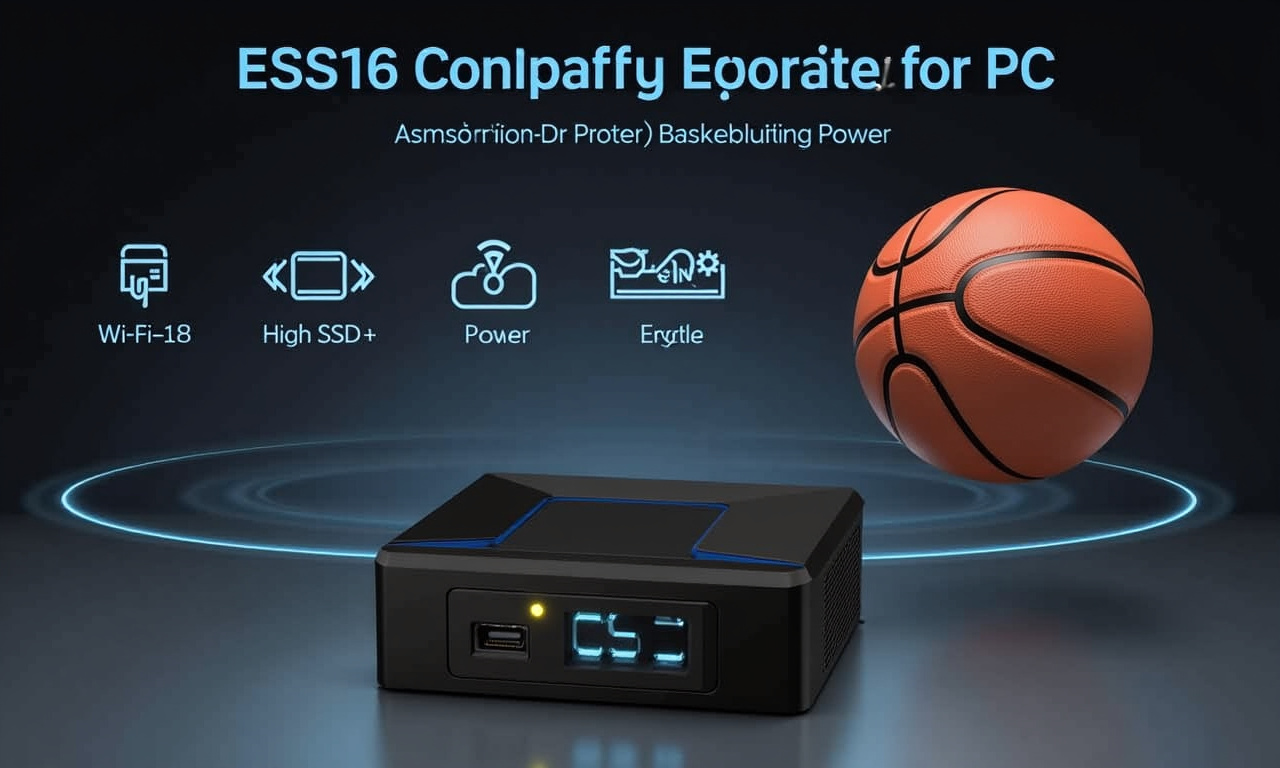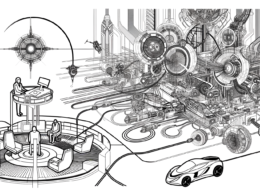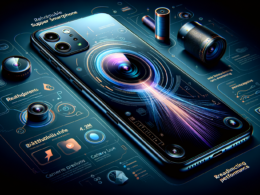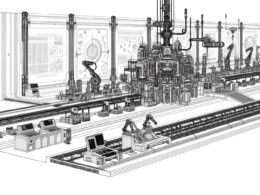The observations of high-energy particles, including neutrinos, continue to pose one of the most pressing challenges in astrophysics. Most scientists hypothesize that such particles are created in extreme events – supernova explosions and tidal disruption events (TDEs). However, rigorous testing of this hypothesis has yet to be conducted. A recent study represents the first systematic attempt to match a “multiplet” of neutrinos, registered by the IceCube Neutrino Observatory in Antarctica, with optical transients. The “multiplet” is a rare event where several high-energy neutrinos originate from one direction within a short period; in this case, all three neutrinos were detected within one month.
The study was conducted using data from the Zwicky Transient Facility (ZTF), equipped with a wide-field camera designed to detect short-lived optical events. The team was checking if the direction of the multiplet coincided with any supernovae, TDEs, or other explosive events recorded by ZTF at the same time.
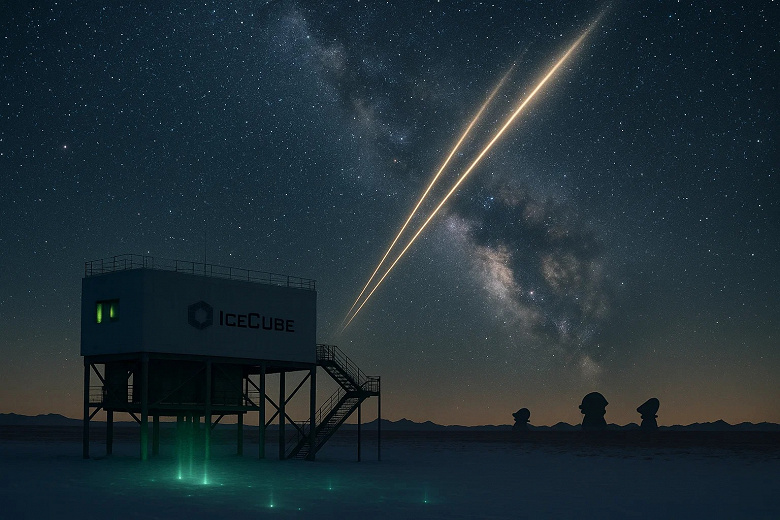
The results were negative; no supernova, TDE, or other extreme event was found at the time and direction of the multiplet. While this might initially seem like a setback, the authors emphasize that a ‘lack of result’ provides valuable information. They were able to establish stricter constraints on the brightness and duration of events capable of generating neutrino multiplets. In a press release from Tohoku University, scientist Seiji Toshikage remarked, “Although we did not find any temporal sources this time, the results show that even the absence of sources can yield strong conclusions. This helps refine models and guide future searches for the true sources of high-energy neutrinos.”
Recent advancements in both the IceCube and ZTF facilities have further refined detection capabilities. For example, the IceCube’s collaboration with the Global Neutrino Network has enhanced its sensitivity to align more precisely with transient sources, making it adept at capturing elusive cosmic events. Meanwhile, the ZTF recently upgraded its camera to improve resolution, enabling more precise detection of fleeting cosmic occurrences, crucial for narrowing down sources of neutrinos.
This research significantly narrows the search and refines the characteristics of possible sources. These results serve as an important reference point for future observations, helping the scientific community to step by step overcome one of the core mysteries of modern astrophysics.

